When it comes to fast food burgers, we all crave that juicy, savory bite that hits the spot every time. But behind the scenes, not all beef is created equal.
Some fast food giants cut corners with processed meat, fillers, and additives—compromising flavor and quality just to keep prices low and assembly lines moving. On the flip side, a select few chains prioritize premium ingredients, sourcing fresh, high-quality beef that makes every bite worth savoring.
In this article, we’re pulling back the curtain on fast food beef. You’ll discover which familiar names rely on questionable meat blends and which ones are raising the bar with authentic, mouthwatering burgers. Spoiler alert: not all patties are created equal, and that cheap burger you grab on a whim might be far from the hearty, flavorful experience you deserve.
From heavily processed “pink slime” controversies to patties stuffed with fillers that dilute true beef flavor, we’ll expose the chains that fall short. But don’t despair—there are still champions out there who take pride in their meat, sourcing from trusted farms and using expert butchers to craft patties that bring real, robust beef taste to your plate.
Say goodbye to bland, greasy patties and hello to juicy, flavorful bites that deliver on taste and quality. Ready to find out who makes the cut—and who should be skipped? Let’s dive in.
1. Low-Quality: McDonald’s
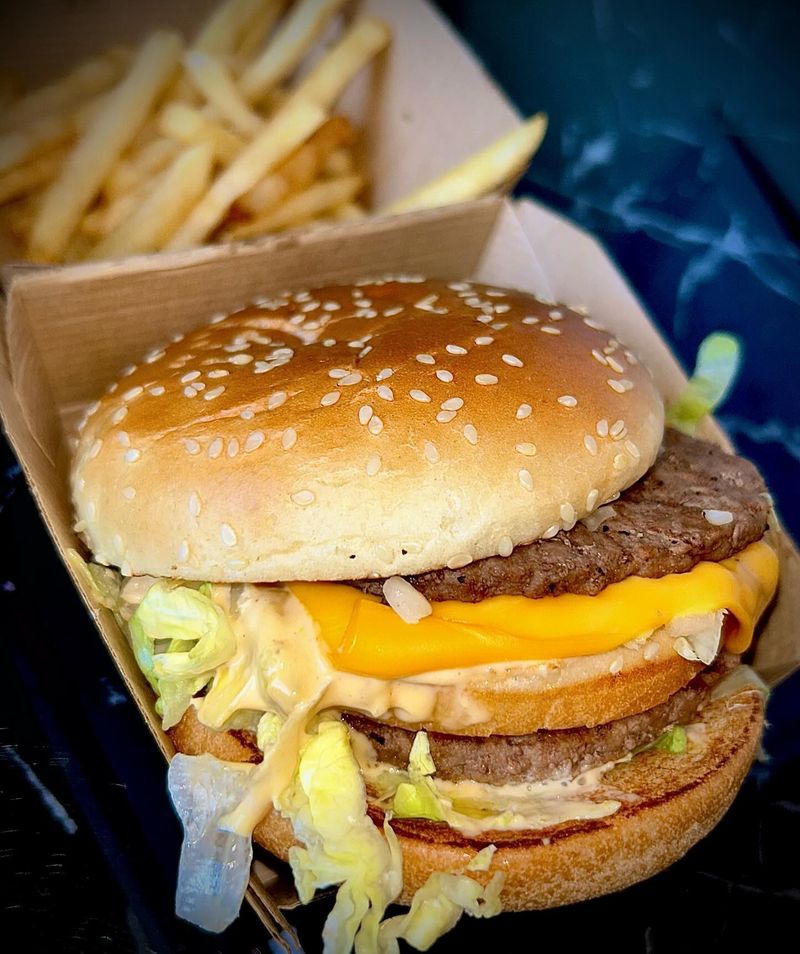
Behind those golden arches lurks beef that’s been heavily processed and mixed with additives. McDonald’s burgers contain beef trimmings treated with ammonium hydroxide, a practice that earned their meat the nickname “pink slime” years ago.
While they’ve improved somewhat since then, their patties still rank among the lowest quality in the fast food world. The thin, gray discs barely resemble real beef and rely heavily on salt and condiments for flavor.
McDonald’s prioritizes consistency and cost-efficiency over quality, which explains why their burgers taste identical worldwide but lack the rich, meaty flavor of fresher alternatives.
2. Low-Quality: Taco Bell
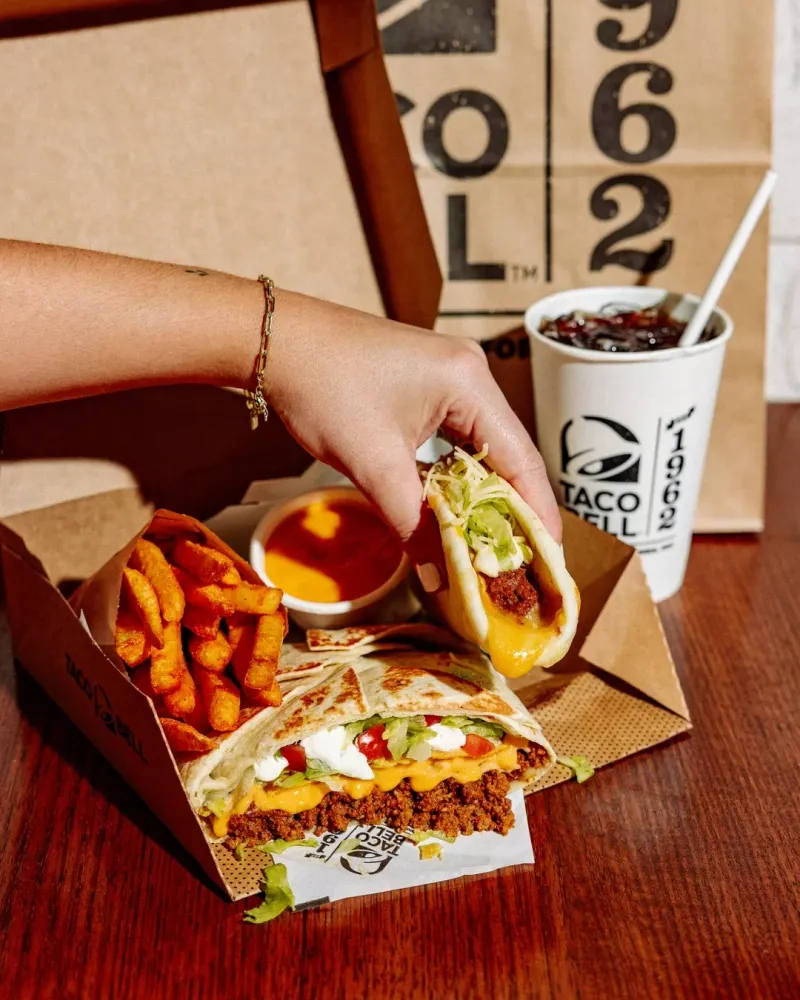
Taco Bell faced lawsuits challenging whether their beef filling could legally be called “beef” at all. Their seasoned meat mixture contains only 88% beef, with the remaining 12% consisting of fillers, preservatives, and mysterious “other ingredients.”
The chain adds oats, soy lecithin, maltodextrin, and various thickeners to stretch their beef supply further. This creates a mushy texture that barely resembles traditional ground beef.
Regular customers may not mind the unique flavor profile, but beef purists should look elsewhere. The heavily seasoned mixture masks the actual beef quality, which ranks among the lowest grade commercially available for food service.
3. Low-Quality: Burger King
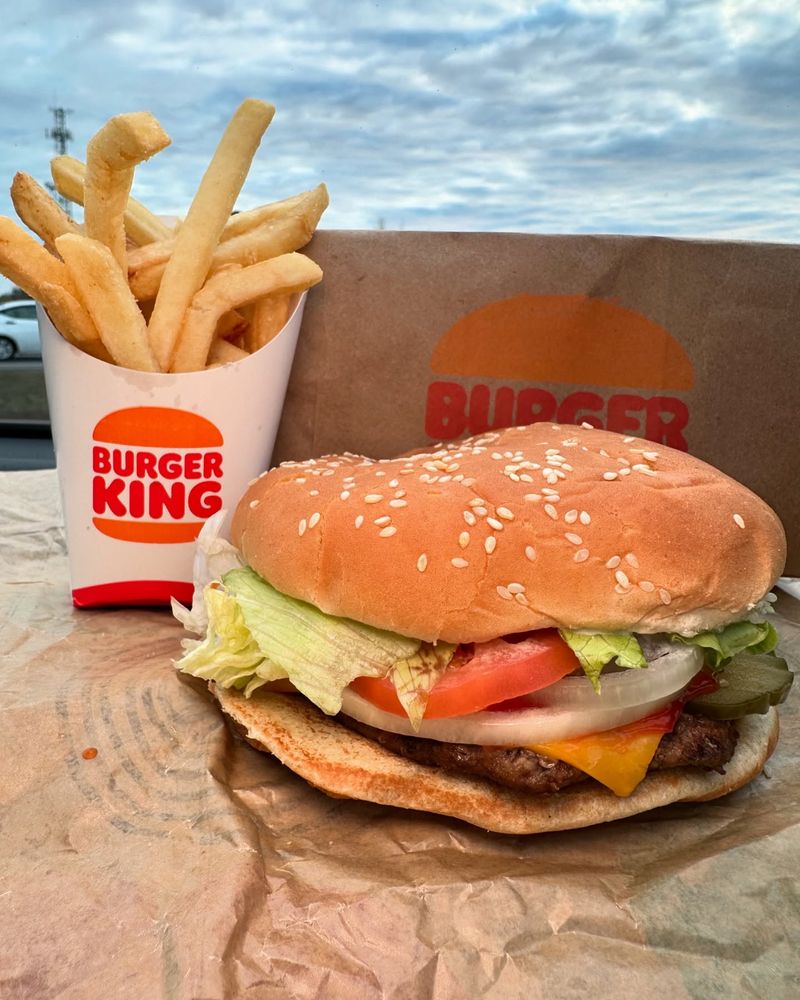
Burger King proudly advertises “flame-grilled” patties, but the quality of their beef leaves much to be desired. Their standard patties contain fillers and preservatives that dilute the natural beef flavor consumers expect from quality meat.
The chain uses frozen, pre-formed patties shipped to locations from central processing facilities. These patties often contain added fat trimmings and lower-grade cuts mixed together to reduce costs.
While the signature flame-grilled marks add smoky flavor, they’re primarily there to mask the mediocre meat quality. The thin patties dry out quickly and lack the juiciness associated with premium beef burgers.
4. Low-Quality: Dairy Queen
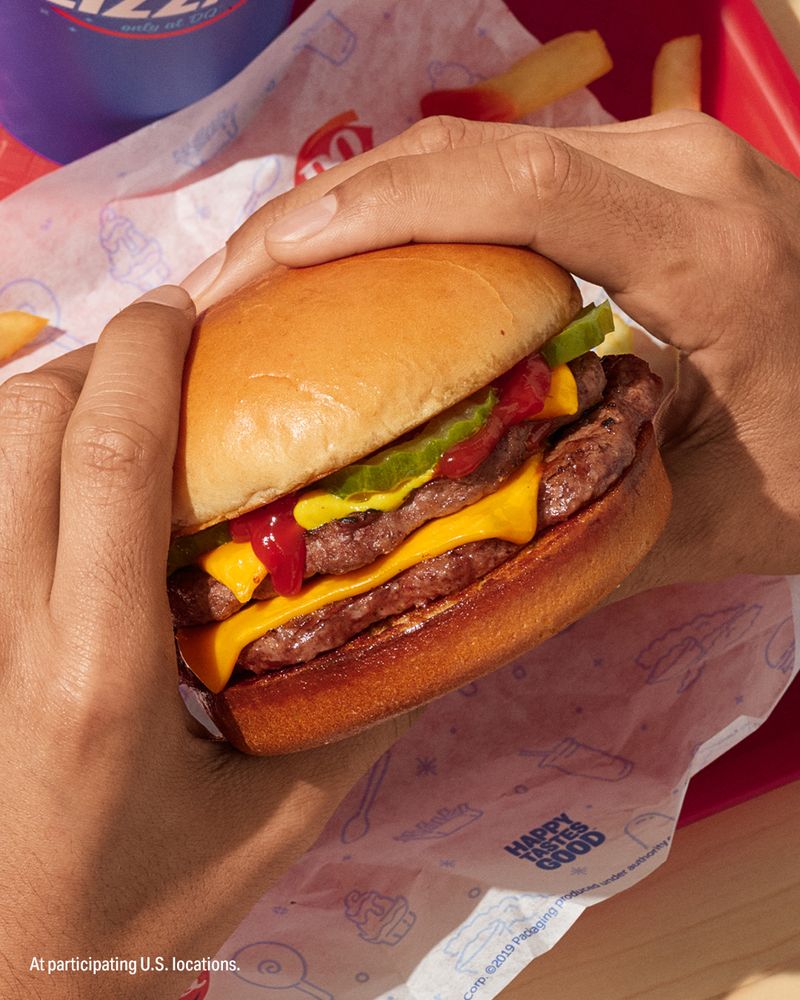
Known primarily for ice cream treats, Dairy Queen’s burger quality falls significantly short of premium standards. Their thin, uniform patties taste mass-produced and lack the robust beef flavor that characterizes higher-quality options.
DQ burgers contain numerous preservatives and fillers that extend shelf life at the expense of taste and texture. The beef used is typically a lower grade with higher fat content, creating a greasy mouthfeel rather than a satisfying meat experience.
Most locations receive frozen patties that are quickly heated rather than properly cooked, resulting in inconsistent temperature and flavor. The chain compensates with excessive toppings and condiments to mask the subpar beef quality.
5. Low-Quality: Jack in the Box
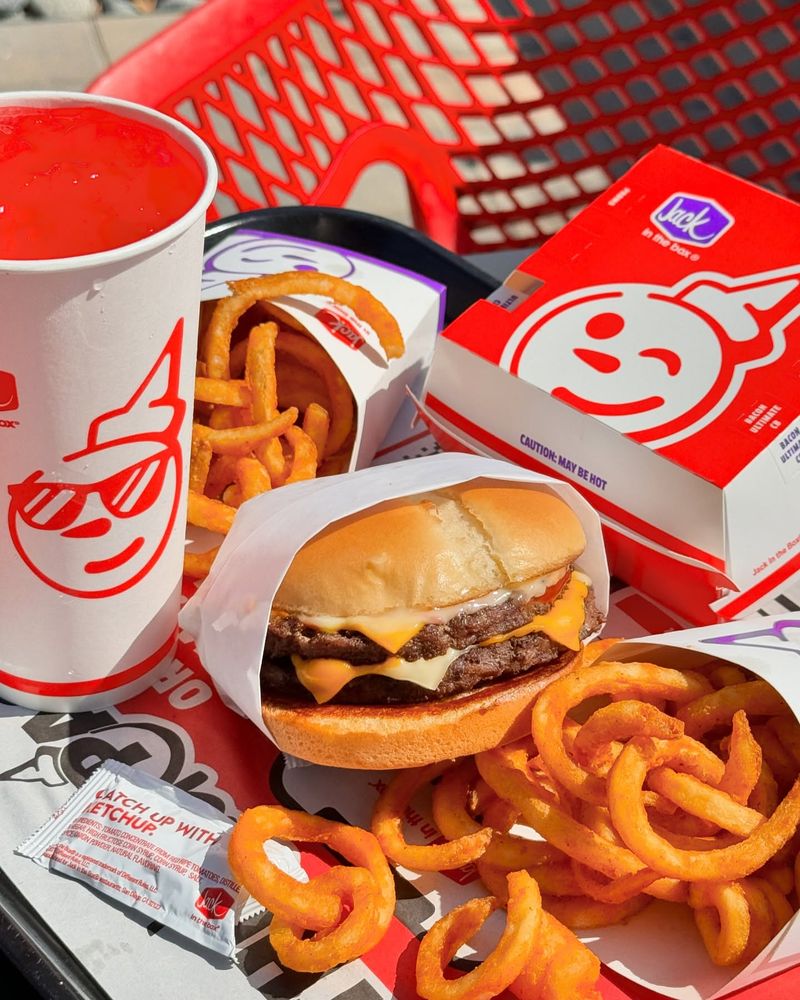
Jack in the Box has faced serious food safety issues in the past, including a devastating E. coli outbreak in 1993 that sickened hundreds. While safety standards have improved, their beef quality remains concerning.
Their patties contain numerous additives and fillers that stretch the beef further but dilute the natural flavor. The meat has a spongy texture that doesn’t deliver the satisfying bite of higher-quality burgers.
Laboratory analysis has revealed that Jack in the Box uses some of the lowest grades of commercially available beef. The chain compensates with heavy seasoning and bold toppings, but discerning customers can still detect the inferior meat quality underneath.
6. Low-Quality: Sonic
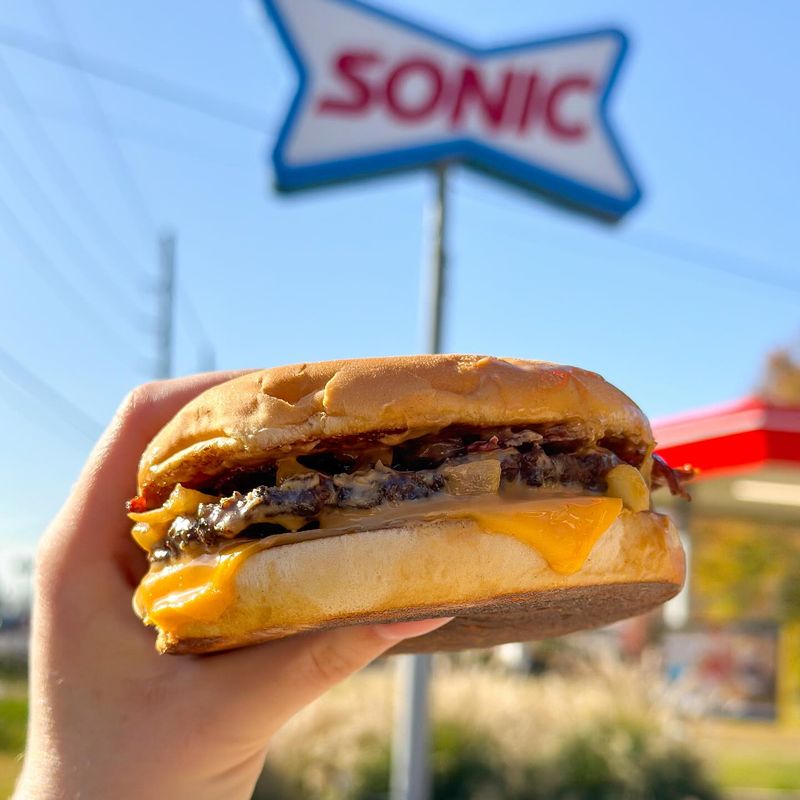
Sonic Drive-In might excel at shakes and tots, but their beef quality falls flat. Their thin, pre-formed patties contain fillers that dilute the natural beef flavor and create an unappetizing texture.
The chain uses frozen patties that are quickly heated on flat-top grills, resulting in dry, overcooked meat that lacks juiciness. Many customers report a strange aftertaste that suggests heavy preservative use.
Sonic relies heavily on toppings and condiments to mask their mediocre meat quality. Their beef supplier has scored poorly on quality assessments compared to premium burger chains, explaining why their burgers consistently disappoint beef enthusiasts.
7. Low-Quality: White Castle
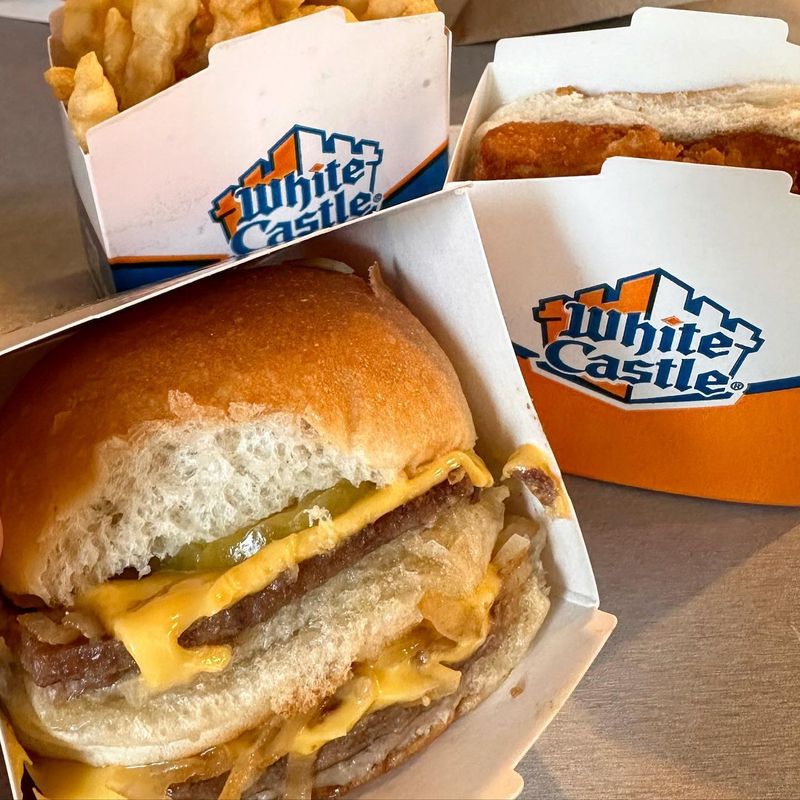
White Castle’s famous sliders feature some of the thinnest, smallest patties in fast food. These square morsels contain more holes than beef – a design that speeds cooking but reduces meat quality and quantity.
The chain uses heavily processed beef that’s formed into paper-thin squares. Each patty weighs just 0.8 ounces, making them more of a beef suggestion than an actual burger experience.
White Castle’s beef undergoes extensive processing that removes much of the natural texture and flavor. The resulting patty is so thin that it becomes more of a vehicle for onions and pickles than a showcase for quality beef.
8. Low-Quality: Wendy’s
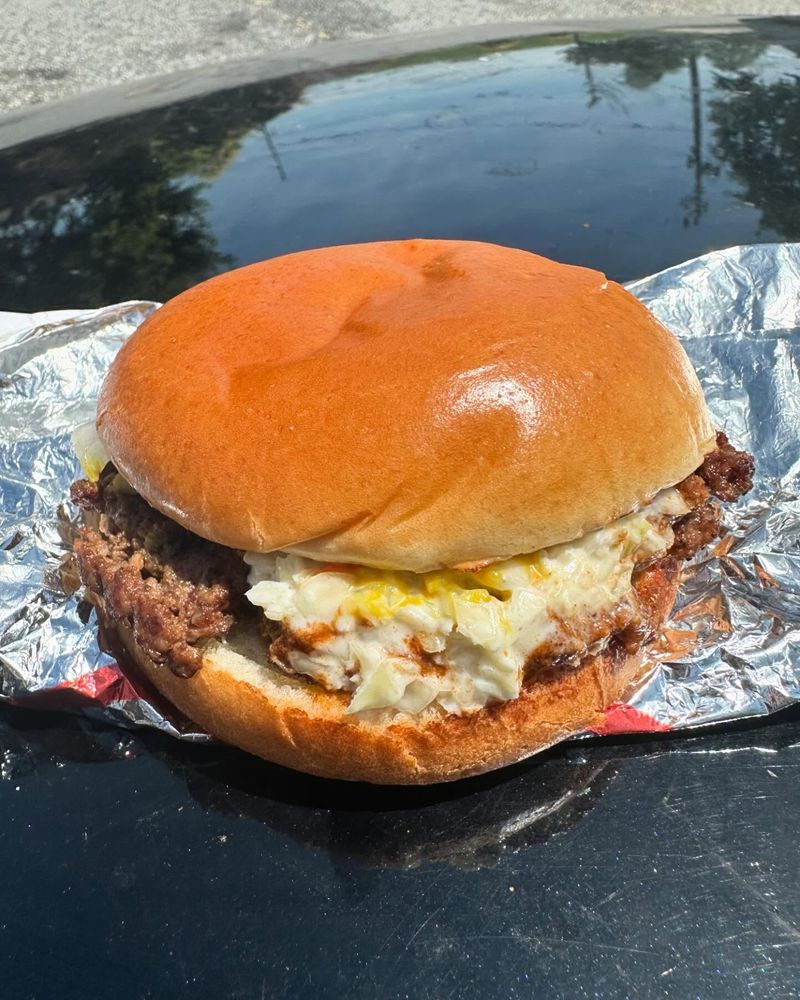
Wendy’s advertises “fresh, never frozen” beef, but this claim masks other quality concerns. Their beef is indeed fresh, but it comes from conventional feedlot cattle fed growth hormones and antibiotics.
The chain uses lower-grade beef trimmings mixed with fat to achieve their desired flavor profile. While better than some competitors, Wendy’s still prioritizes cost efficiency over premium quality.
Laboratory analysis has found concerning levels of preservatives in their patties despite the “fresh” marketing angle. The square shape of their burgers was originally designed to show consumers that Wendy’s doesn’t cut corners, but ironically, they cut plenty when it comes to beef quality.
9. High-Quality: Shake Shack
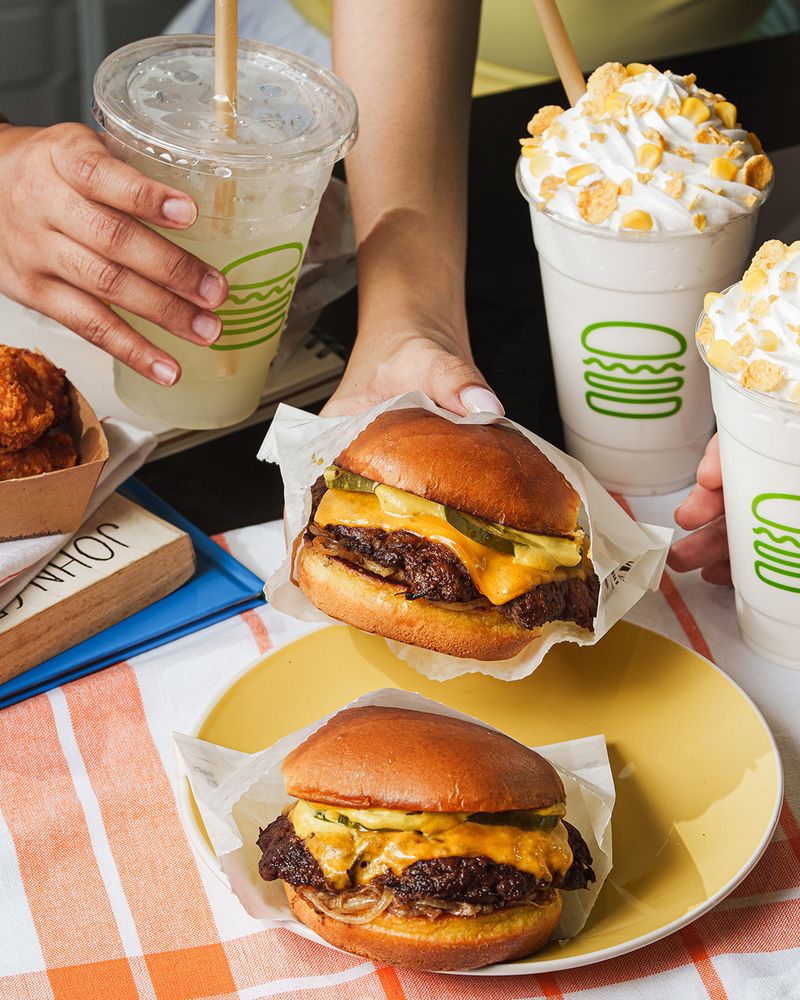
Shake Shack stands out by using a proprietary blend of premium Black Angus beef from humanely raised cattle. Their patties contain no hormones or antibiotics, delivering clean beef flavor without unwanted additives.
The chain partners with renowned butcher Pat LaFrieda to create a custom blend that includes brisket, short rib, and chuck. This combination creates a perfect balance of fat content for maximum flavor and juiciness.
Shake Shack’s smashed patty technique creates a caramelized crust while locking in juices. The result is a burger with complex beef flavor that doesn’t rely on excessive toppings or condiments to mask subpar meat quality.
10. High-Quality: Five Guys
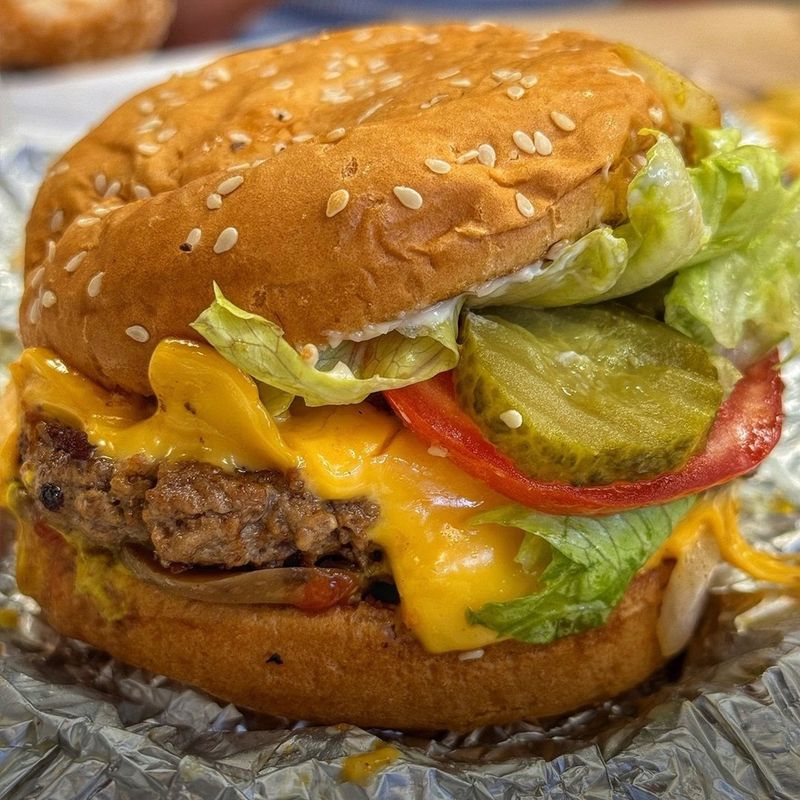
Five Guys takes beef quality seriously, using only fresh ground beef with no fillers or preservatives. Their patties contain 80% lean meat and 20% fat – the golden ratio for flavor and juiciness.
The chain receives fresh beef deliveries daily and forms patties by hand in each location. This commitment to freshness eliminates the need for preservatives or artificial ingredients found in lower-quality competitors.
Five Guys sources their beef from a limited number of trusted suppliers who meet strict quality standards. The resulting burgers have a clean, authentic beef flavor that showcases the meat rather than hiding it beneath excessive seasonings.
11. High-Quality: In-N-Out
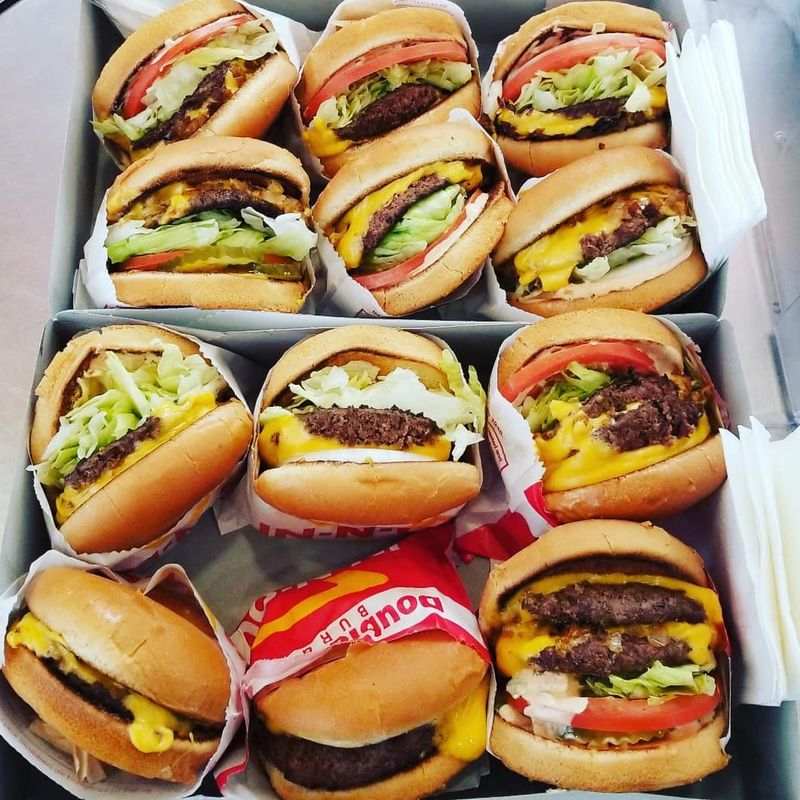
In-N-Out maintains extraordinary quality control by operating their own meat processing facilities. Their beef is 100% pure chuck, ground in-house daily, with no fillers, additives, or preservatives.
The chain sources beef from specific ranches that meet their stringent standards for animal welfare and feeding practices. This commitment results in consistently fresh patties with clean beef flavor.
In-N-Out’s limited menu allows them to focus on perfecting their burger rather than cutting corners across numerous offerings. Their transparent preparation methods – with visible kitchen areas – demonstrate confidence in their premium beef quality that many competitors try to hide.
12. High-Quality: Culver’s
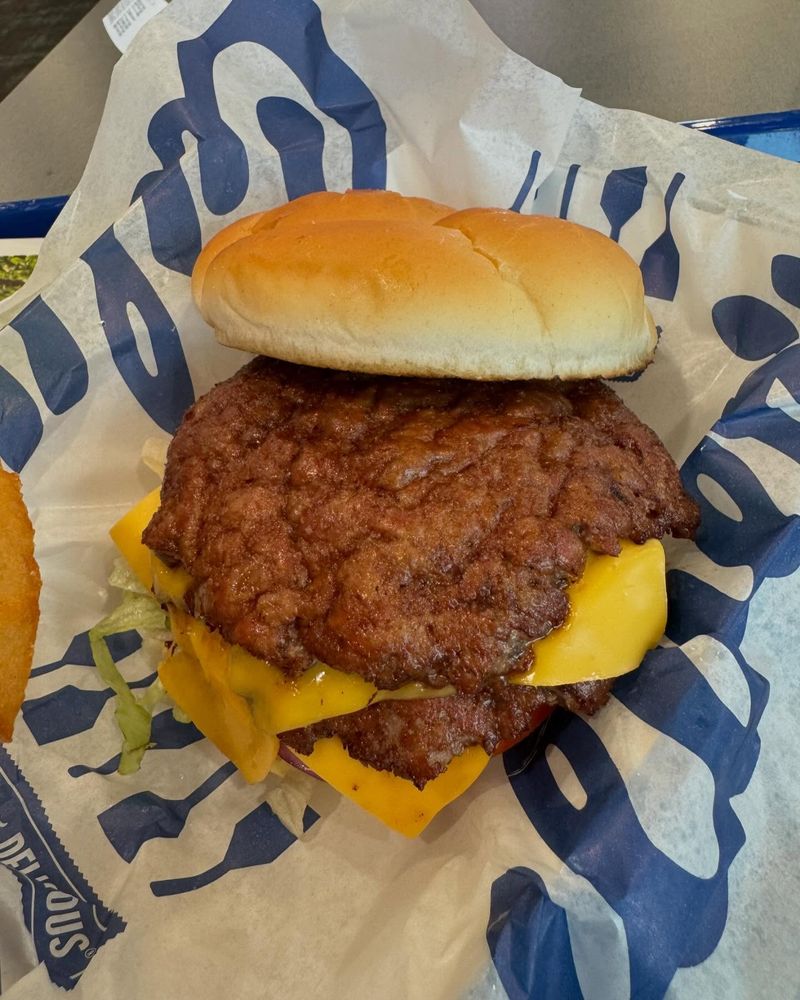
Culver’s sets a high standard with fresh, never frozen beef that’s sourced from select Midwest farms. Their ButterBurgers feature premium chuck that’s ground fresh daily in each restaurant, eliminating the need for preservatives.
The chain presses each patty to order, creating a seared exterior that locks in natural juices. This cooking method highlights the clean, rich flavor of their high-quality beef rather than masking inferior meat.
Culver’s commitment extends to their suppliers, working only with farmers who raise cattle without unnecessary antibiotics or hormones. The result is a noticeably superior burger with authentic beef flavor that stands out even against other premium fast food options.
Leave a comment